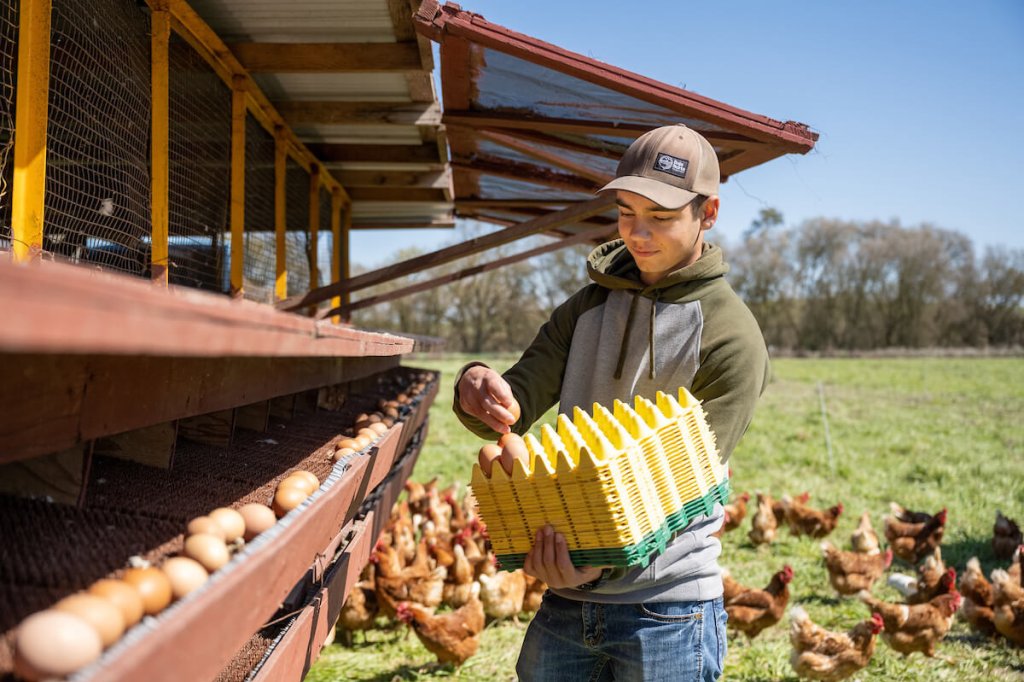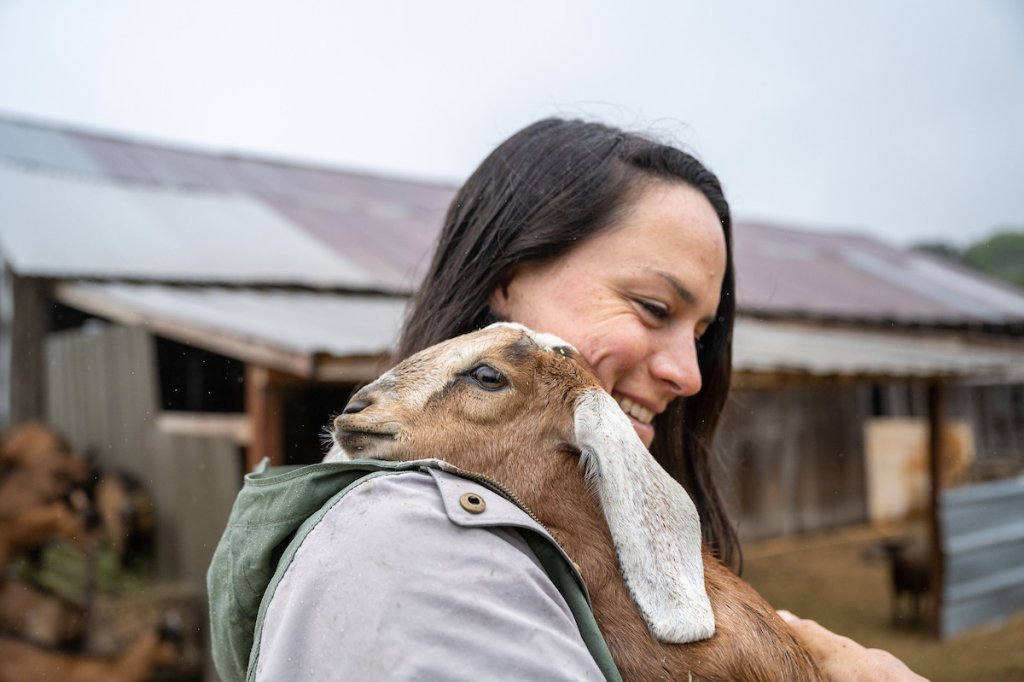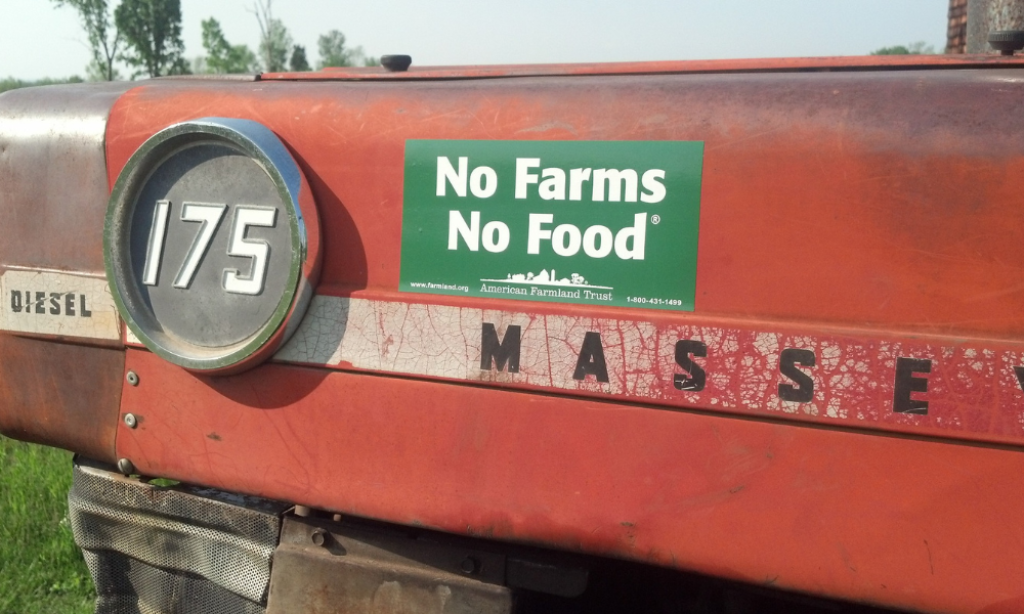San Joaquin Land and Water Strategy
Protecting the Nation’s Leading Farming Region
For more than 35 years, American Farmland Trust has examined and responded to the challenges facing the nation’s leading agricultural region. In fact, AFT opened our first regional office here and the San Joaquin Valley remains an important strategic focus for our national organization.
In 2018, AFT released the comprehensive San Joaquin Valley Land and Water Strategy. AFT and the Conservation Biology (CBI) Institute assessed the capacity and resilience of the valley’s agricultural production by analyzing the distribution, quality, and future impacts on the region’s farmland and water resources. AFT and CBI used the San Joaquin Valley Gateway, part of CBI’s Data Basin online mapping platform, to determine where prime agricultural land and reliable water resources intersect.
AFT’s research revealed some alarming trends about the important agricultural region.

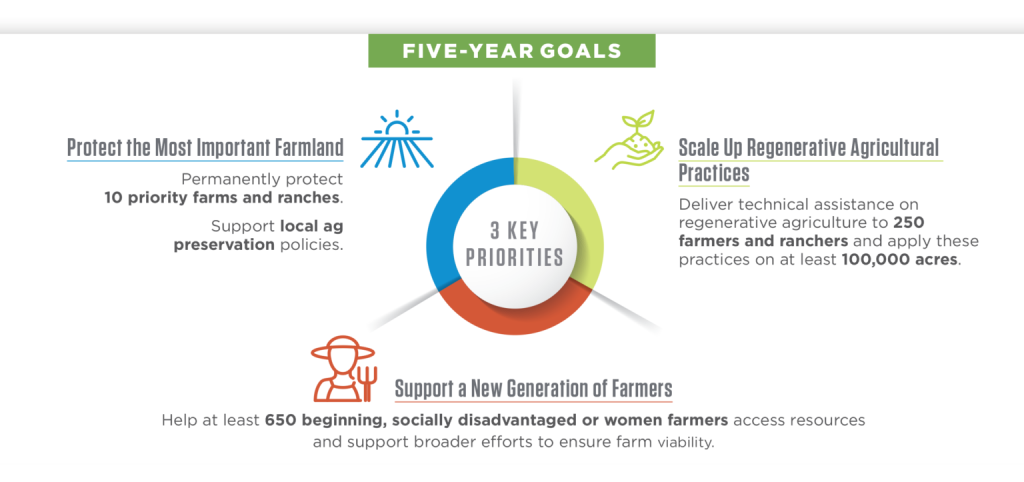

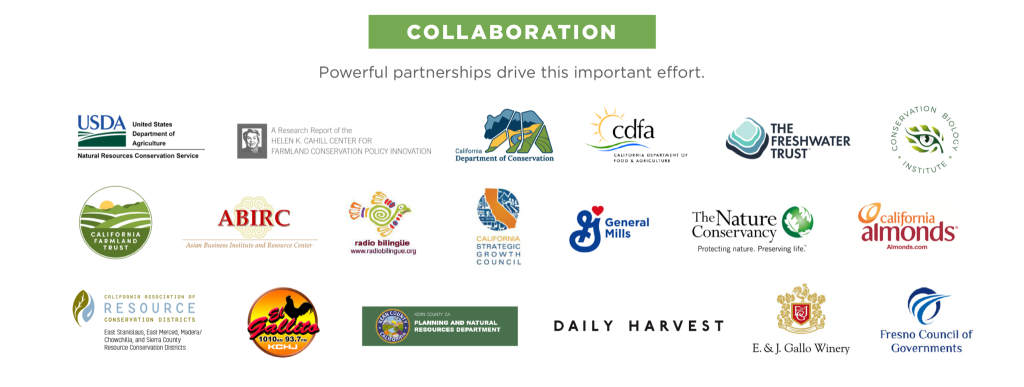
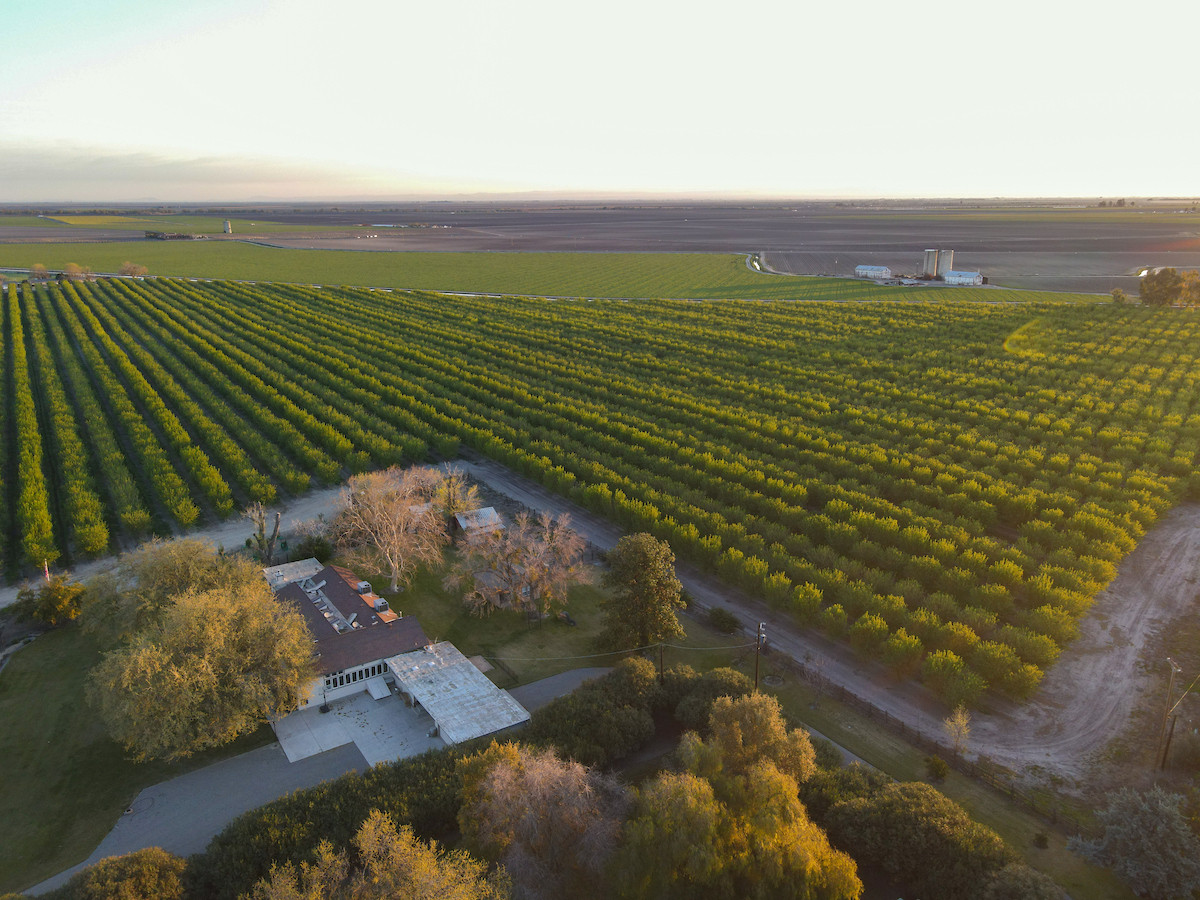
.jpg)

